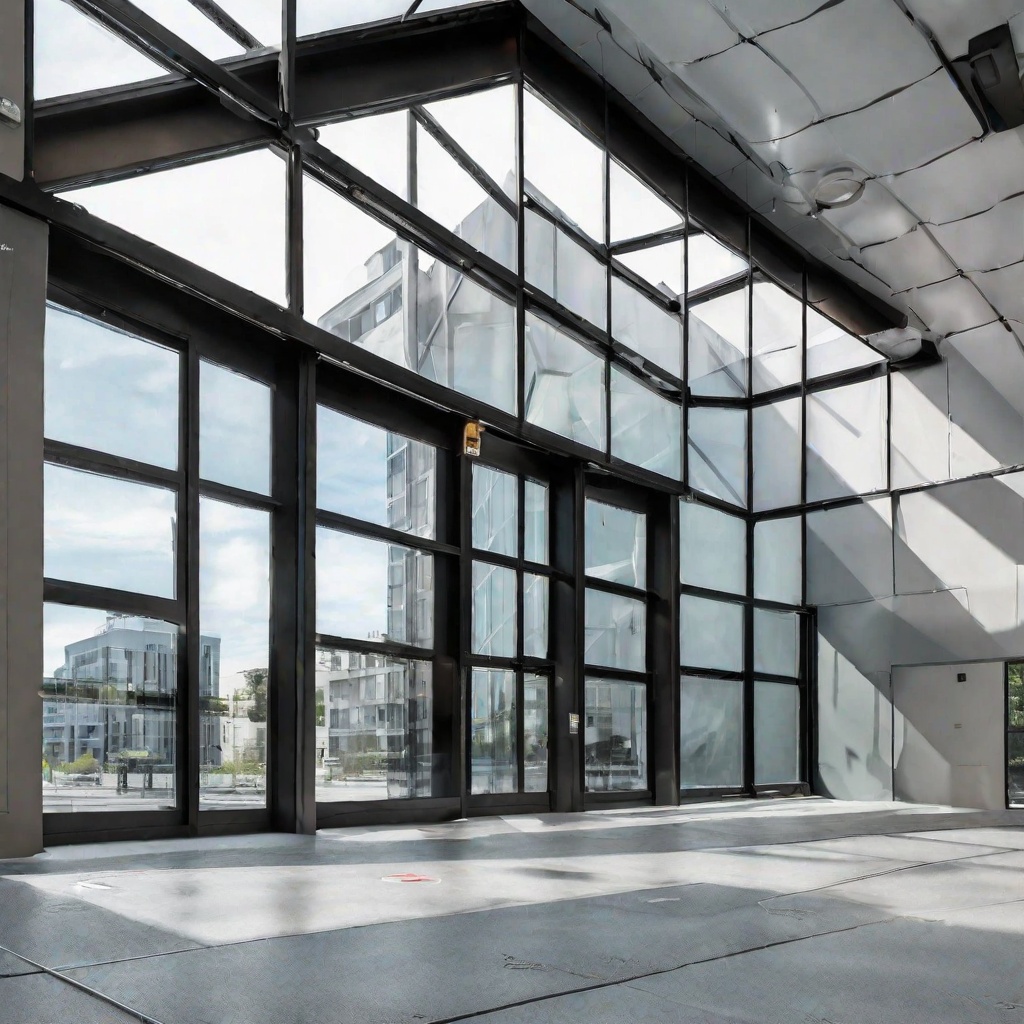In the realm of architecture and construction, the evolution of technology has greatly impacted the design and functionality of commercial buildings. Windows and doors, once considered mere functional elements, are now at the forefront of innovative technologies that enhance energy efficiency, security, and overall building performance. This article explores the cutting-edge technologies in commercial windows and doors systems that are shaping the future of modern architecture.
Introduction To Commercial Windows and Doors
One of the most revolutionary advancements in commercial windows is the integration of smart glass technology. Smart glass, also known as switchable glass, allows users to control the transparency of windows with the touch of a button. This technology employs electrochromic or liquid crystal technology to alter the opacity of the glass, providing instant privacy or allowing natural light to flood into the space. Smart glass not only enhances occupant comfort but also contributes to energy efficiency by reducing the need for artificial lighting and heating.
Energy-Efficient Window Coatings
Energy efficiency is a key consideration in modern construction, and low-emissivity (Low-E) window coatings have become a staple in commercial window systems. These coatings are designed to minimize heat transfer, reflecting infrared light while allowing visible light to pass through. By incorporating Low-E glass into windows, buildings can maintain comfortable temperatures year-round, reduce energy consumption, and lower heating and cooling costs. This technology is a game-changer for sustainability in commercial architecture.
Adapting to Environmental Conditions
Dynamic glazing takes energy efficiency a step further by responding to external environmental conditions. This technology adjusts the tint of windows based on factors such as sunlight, temperature, and time of day. This adaptive capability ensures optimal comfort for occupants while minimizing the reliance on HVAC systems. Dynamic glazing is a significant investment in creating environmentally responsive commercial buildings that prioritize both energy conservation and occupant well-being.
Reinventing Access Control
As security concerns continue to grow, commercial door systems have evolved to integrate advanced access control technologies. Biometric authentication, keyless entry systems, and facial recognition are becoming commonplace in high-security door systems. These technologies not only enhance security but also streamline access for authorized personnel, offering a seamless and efficient entry experience. The integration of high-tech security features is crucial for protecting valuable assets and ensuring the safety of occupants.
Creating Tranquil Spaces
In bustling urban environments, noise pollution is a constant challenge for commercial spaces. To address this issue, soundproof windows and acoustic doors have emerged as essential components of modern buildings. Advanced materials and design techniques effectively reduce external noise, creating a quiet and focused environment for occupants. Whether in office buildings, hotels, or educational institutions, the integration of soundproofing technologies contributes to a more comfortable and productive atmosphere.
A Maintenance Revolution
Maintaining the aesthetic appeal of commercial buildings often involves regular cleaning of windows, which can be a labor-intensive and costly task. Self-cleaning glass, equipped with a special coating, utilizes the natural forces of rain and sunlight to break down and wash away dirt and debris. This technology not only reduces the need for manual cleaning but also ensures that windows remain clear and transparent, contributing to the overall visual appeal of the building.
Energy-Generating Windows
The integration of photovoltaic technology into windows is a groundbreaking development that transforms them into energy-generating assets. Transparent solar cells embedded in the glass capture sunlight and convert it into electricity, contributing to the building’s power needs. This sustainable approach not only reduces reliance on traditional energy sources but also aligns with the growing emphasis on renewable energy solutions in commercial construction.
Redefining Thermal Performance
Traditional insulation materials can add bulk and weight to windows and doors, limiting design possibilities. Aerogel, an ultra-light and highly insulating material, has emerged as a game-changer in thermal performance. When integrated into commercial window and door systems, aerogel insulation enhances energy efficiency without compromising aesthetics. This advancement opens up new possibilities for architects to create visually striking, energy-efficient buildings.
Conclusion
The integration of cutting-edge technologies in commercial windows and doors systems represents a paradigm shift in architectural design and building functionality. From smart glass that adapts to user preferences to energy-generating windows that contribute to sustainability, these innovations are reshaping the landscape of commercial construction. As technology continues to advance, architects, builders, and property owners have an exciting array of options to enhance the performance, security, and aesthetics of their commercial buildings. Embracing these technologies not only meets the demands of the present but also lays the foundation for a more sustainable and technologically advanced future in commercial architecture.
